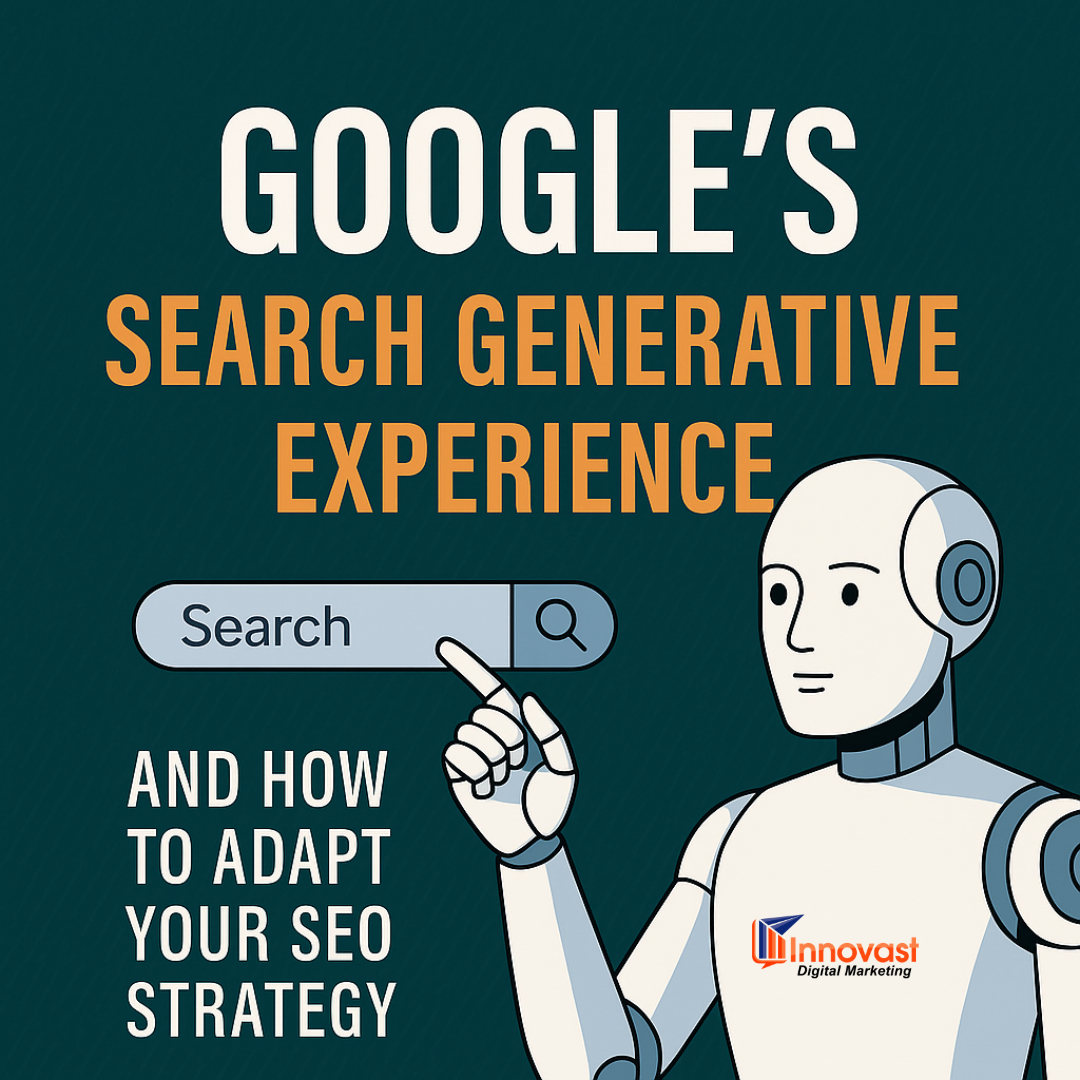Search is evolving—and fast. Google’s new Search Generative Experience (SGE) is a bold step toward an AI-powered future. For business owners and marketers who rely on organic visibility, this shift means it’s time to rethink your SEO strategy.
In this article, we’ll break down what SGE is, how it changes the way people find information online, and what steps you can take to adapt.
What is Google’s Search Generative Experience?
Google’s Search Generative Experience is part of an ongoing rollout of AI-generated answers right in the search results. Instead of just showing a list of links, Google now offers AI snapshots—summaries created by generative AI that answer a user’s question directly at the top of the page.
This means:
Users might find what they need without ever clicking on a website.
Traditional “ranking #1” may no longer guarantee traffic.
Google is using context and conversational cues to generate results—not just keywords.
Why SGE Matters for Your Business
SGE represents a significant disruption for search engine optimization. Here’s why it matters:
Reduced click-through rates (CTR): More users are getting their answers directly from AI summaries, bypassing websites.
Shifting user behavior: People are using more conversational queries and expecting smarter, more intuitive results.
New ranking signals: Google is prioritizing expertise, authority, trustworthiness (E-E-A-T), and structured data over basic keyword stuffing.
How to Adapt Your SEO Strategy for SGE
To stay ahead in this AI-enhanced search landscape, here’s what you need to focus on:
1. Create Deep, Expert-Level Content
SGE pulls from high-quality, authoritative content. That means thin blog posts or generic landing pages won’t cut it. Focus on:
Covering topics thoroughly
Adding unique insights
Including expert quotes, stats, or case studies
2. Optimize for Conversational Queries
Think like your customer. Use natural language and answer real questions:
Include FAQ sections
Use “people also ask” topics as inspiration
Add long-tail keywords that reflect how people talk
3. Build Topical Authority
Instead of just targeting individual keywords, create clusters of content around a specific theme. This shows Google that your site is a trusted resource on the topic.
4. Enhance Your E-E-A-T Signals
Google’s AI prioritizes trustworthy sources. Strengthen your content by:
Showcasing credentials (bios, certifications)
Getting positive reviews and backlinks
Publishing under real authorship
5. Use Structured Data (Schema Markup)
Structured data helps Google understand your content. Implement schema for:
FAQs
Articles
Local business info
Reviews
This increases your chances of appearing in AI summaries and featured snippets.
6. Create Content that Encourages Engagement
Google’s AI looks at user signals like time on page, bounce rate, and engagement. To improve:
Use engaging visuals and video
Break up content with headings and bullets
Make your website mobile-friendly and fast
SEO Isn’t Dead—It’s Just Changing
SGE doesn’t mean SEO is over. It means good SEO needs to get better. The businesses that adapt early will have the edge, gaining visibility in new formats like AI-generated answers, knowledge panels, and even voice search.
At Innovast Digital Marketing, we stay ahead of algorithm shifts and help businesses like yours build future-proof SEO strategies. Whether you’re just getting started or need to revamp your current approach, we’re here to guide you.
Need help adapting your website for AI-powered search?
👉 Contact Innovast for an SEO audit and actionable recommendations.


 Subscribe now and start gaining traction this week!
Subscribe now and start gaining traction this week!